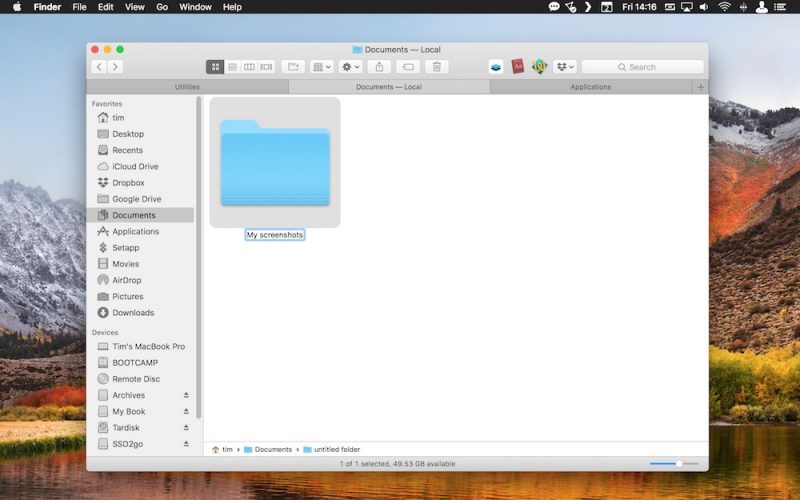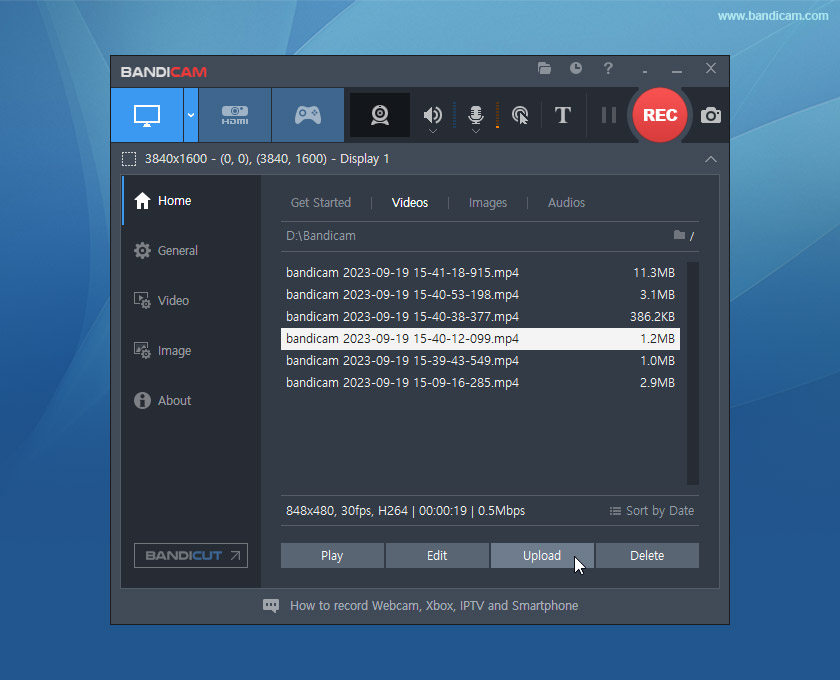

For the HP Touchpad, press Home Key+ Power+. For webOS phones, simultaneously press Orange/Gray Key+ Sym+ P. Screenshots of the HP webOS can be taken. On Chromebook and related devices with the Chrome OS keyboard layout, pressing the equivalent of Ctrl+ F5 on a standard keyboard will capture the entire screen, and the equivalent of Ctrl+ ⇧ Shift+ F5 will turn the mouse into a rectangle select tool for capturing a custom portion of the screen. Kindle Fire (no volume buttons) – One needs to connect their Kindle Fire to a computer with the Kindle SDK installed and take a screenshot through the development environment.

Open the Photos app to access the screenshot(s).

#Change the directory for my screenshot in mac android#
On certain devices that use modified Android the button combination and the storage location can vary.Īlso, when a keyboard is connected via USB-OTG, pressing the print screen button will take the screenshot.

Screenshots can be taken by pressing Volume Down+ Power, and are saved in the "Screenshot" folder in the gallery after a short sound and visual effect. Press and hold back and double tap the Home.In older versions, some devices supported screenshot functionality with one of the following combinations: Screenshot support was added to Android in version 4.0 (Ice Cream Sandwich). Screenshot of this page on mobile view in April 2021 In 1988, Polaroid introduced Spectra film with a 9.2 × 7.3 image size more suited to the 4:3 aspect ratio of CRT screens.īuilt-in screenshot functionality Polaroid film was popular for capturing screenshots, because of the instant results and close-focusing capability of Polaroid cameras. Screenshot kits were available for standard (film) cameras that included a long antireflective hood to attach between the screen and camera lens, as well as a closeup lens for the camera. Most screenshots are raster images, but some vector-based GUI environments like Cairo are capable of generating vector screenshots. Systems with composite video output could be connected to a VCR, and entire screencasts preserved this way. Some systems had a BSAVE command that could be used to capture the area of memory where screen data was stored, but this required access to a BASIC prompt. Sometimes text-only screens could be dumped to a text file, but the result would only capture the content of the screen, not the appearance, nor were graphics screens preservable this way. Through the 1980s, computer operating systems did not universally have built-in functionality for capturing screenshots. The first screenshots were created with the first interactive computers around 1960. Screenshot techniques Digital techniques


 0 kommentar(er)
0 kommentar(er)
